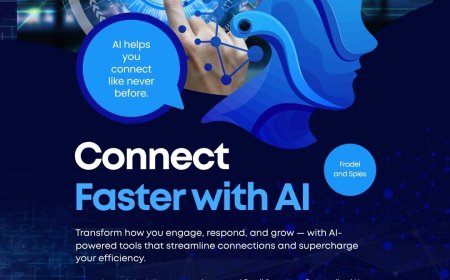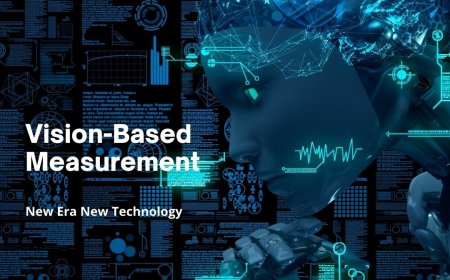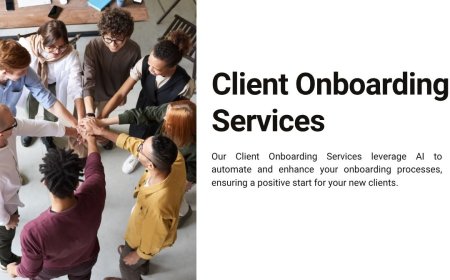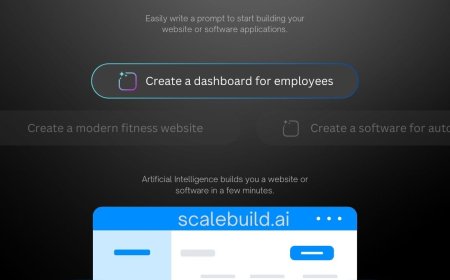How to Implement an AI Assist Solution for Enterprise Successfully?
Successfully implementing an AI Assist solution for your enterprise requires a strategic approach that aligns with your business goals, operational needs, and existing infrastructure.

In 2025, Artificial Intelligence (AI) has moved beyond hype and into practical, enterprise-wide applications. One of the most transformative tools in this domain is the AI Assist solutiona digital assistant powered by AI technologies that can automate tasks, enhance workflows, support decision-making, and improve customer interactions.
However, while the benefits are undeniable, successful implementation of an AI Assist solution requires careful planning, strategic alignment, and stakeholder collaboration. A rushed or unstructured deployment can lead to low adoption, wasted investment, and operational disruptions.
In this blog, well walk you through a step-by-step guide on how to implement an AI Assist solution for enterprise successfullyensuring maximum ROI and long-term value.
Step 1: Define Clear Objectives and Use Cases
Before introducing any AI Assist tool, its essential to define what success looks like for your business. Identify:
-
Which departments will benefit most (e.g., customer service, HR, finance, IT)?
-
What specific problems are you trying to solve?
-
What tasks can be automated or supported by AI?
-
What KPIs will be used to measure success?
Example use cases include automating employee onboarding, improving customer support with chatbots, or generating predictive insights from large datasets.
Step 2: Assess Organizational Readiness
Successful AI implementation depends on the readiness of both technology and people. Evaluate your current infrastructure, team capabilities, and data maturity.
-
Technology: Is your existing tech stack compatible with AI platforms?
-
Data: Do you have quality data for AI training and analytics?
-
Workforce: Are your teams open to working alongside AI tools?
Conducting a readiness assessment helps you identify potential roadblocks and prepare change management strategies.
Step 3: Choose the Right AI Assist Solution
Not all AI Assist solutions are created equal. Choose a solution that aligns with your goals, integrates easily with existing systems, and offers scalability.
Key features to consider:
-
Natural Language Processing (NLP) capabilities
-
Seamless integration with CRM, ERP, and HRMS
-
Real-time analytics and reporting
-
Customization and automation capabilities
-
Security and compliance features
Partner with a reputable AI vendor with proven enterprise experience and strong post-deployment support.
Step 4: Build a Cross-Functional Implementation Team
AI implementation is not just an IT projectit affects multiple areas of the business. Build a diverse team including:
-
IT leaders
-
Department heads
-
End users
-
Data analysts
-
Change management specialists
This ensures the solution meets real user needs and gains broader buy-in across the organization.
Step 5: Start with a Pilot Project
Avoid launching the solution enterprise-wide right away. Instead, begin with a pilot project in a single department or for a specific use case. This allows you to:
-
Test the tool in real-world scenarios
-
Identify usability issues or system gaps
-
Collect feedback from users
-
Measure early ROI and impact
A successful pilot builds confidence and provides insights for a broader rollout.
Step 6: Focus on Data Integration and Quality
AI Assist solutions thrive on data. Ensure that your enterprise systemssuch as CRM, HR software, and helpdesk platformsare connected and synchronized.
Clean, structured, and relevant data is crucial for training AI models and delivering accurate results. Invest time in:
-
Data preparation and migration
-
API integrations
-
Setting up data governance and security protocols
Step 7: Train Users and Foster Adoption
User adoption is one of the most important aspects of a successful AI implementation. Provide comprehensive training sessions tailored to different user groups.
-
Show how AI will support, not replace, their roles
-
Provide practical demos and real-life use case examples
-
Create user guides, FAQs, and support channels
Encourage feedback and celebrate quick wins to build momentum.
Step 8: Monitor Performance and Optimize Continuously
Post-deployment, continuously monitor the performance of your AI Assist solution using predefined KPIs. These may include:
-
Time saved on tasks
-
Increased accuracy
-
Reduction in service response time
-
Improved customer satisfaction
-
Cost savings
Use these insights to optimize the AI system, refine workflows, and scale its capabilities to new areas of the business.
Step 9: Ensure Security and Compliance
Enterprises handle sensitive data, and AI Assist solutions must comply with data privacy and industry regulations. Work with your IT and legal teams to ensure:
-
Data encryption and protection
-
GDPR or regional compliance
-
Access controls and audit trails
-
Ethical use of AI algorithms
Building trust around AI usage is essential for successful implementation.
Step 10: Scale and Innovate
Once your pilot project is successful and the AI system is optimized, expand its use across other departments. Identify new use cases based on feedback and performance data.
The goal is to make the AI Assist solution a central part of your digital transformation strategyenabling smarter operations, innovation, and competitive advantage.
Conclusion: Success Starts with Strategy
Implementing an AI Assist solution for your enterprise is a game-changing movebut only when done right. Its not just about installing softwareits about transforming the way your business operates, makes decisions, and serves customers.
By following a structured implementation approachsetting clear goals, preparing your people and systems, starting small, and scaling strategicallyyou can ensure that your AI Assist solution delivers tangible business value and sets your enterprise up for long-term success.













































